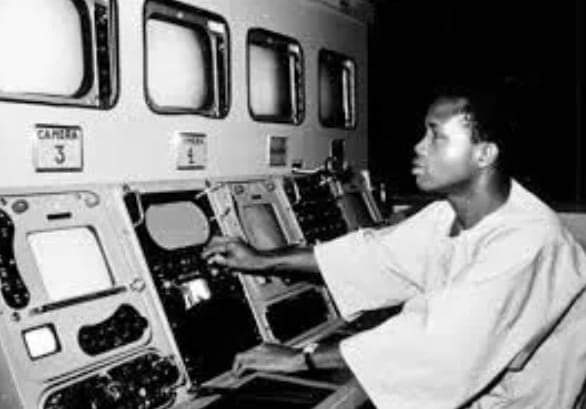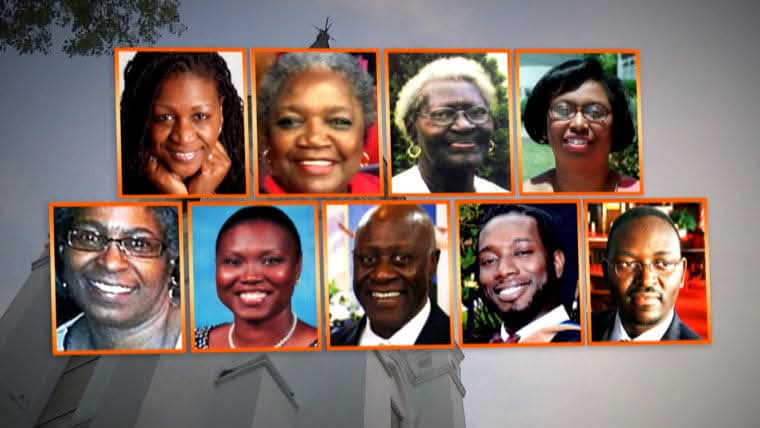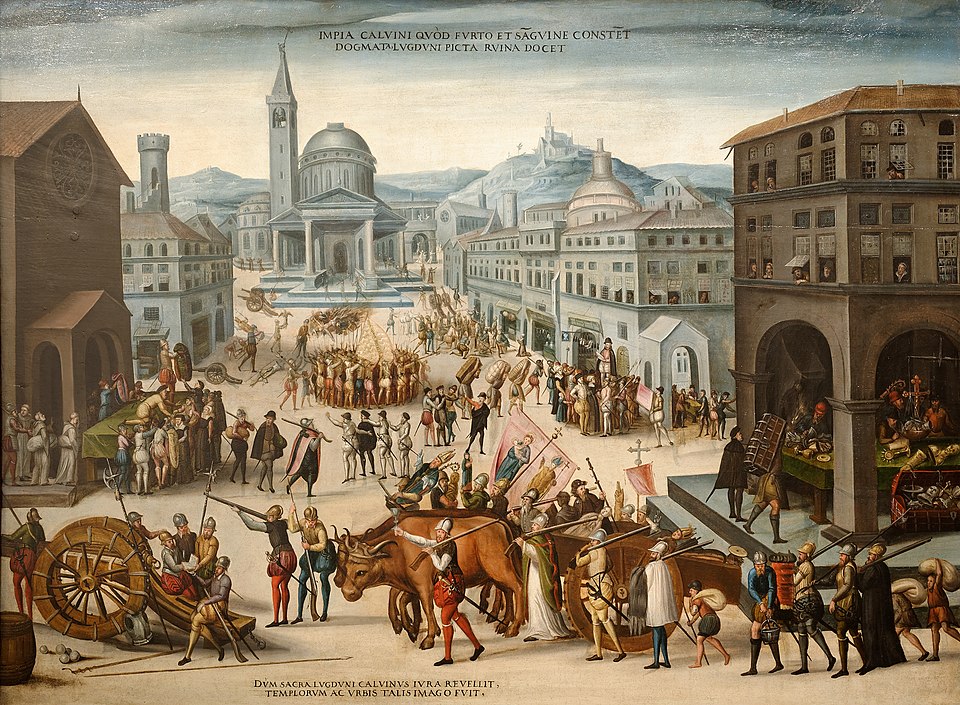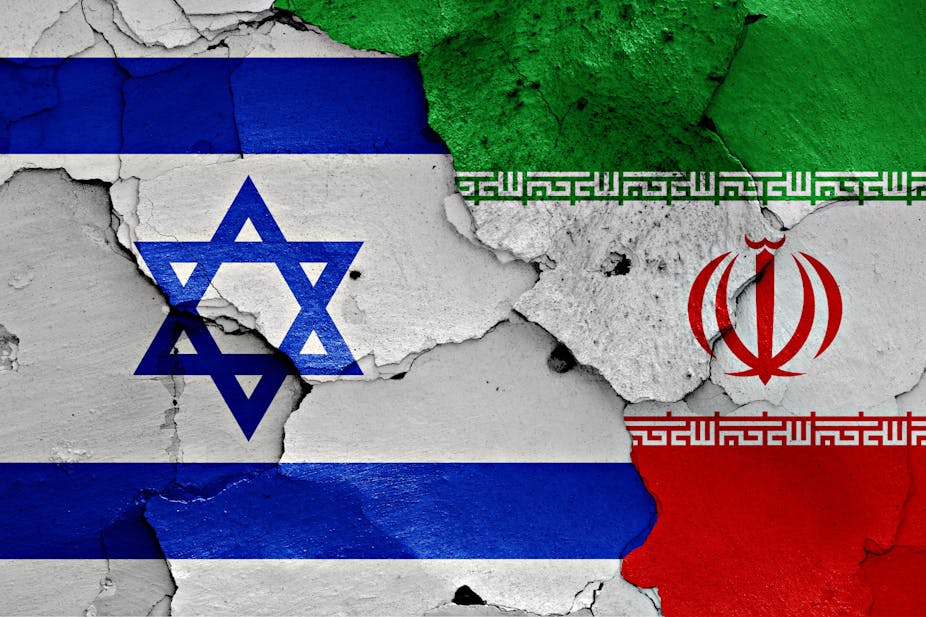A Brief on Television Broadcasting in Africa

Did you know that Nigeria was the first country in Africa to launch a television station with the Western Nigeria Television Service (WNTS) commencing television broadcast on Saturday, October 31, 1959 in Ibadan, the capital city of Western Nigeria?
Although it is difficult to state categorically who invented the television (John Logie Baird, Vladimir Kosma Zworykin and Philo Taylor Farnsworth all mentioned as inventors) what is without dispute is television's impact on our world. It has become one of the world's favourite medium of entertainment and one of electronics engineering's best gift to mankind. The Television has helped in information dissemination, research and entertainment to mention but a few.
In less than a century television sets have become a permanent fixture in most homes. Televisions studies and media analysis is an established research field in major nations of the world with studies on the impact of television, demographics and other associated research. The television media industry is also a large and profitable one with multibillion dollar profits from films, commercials, documentaries and other sponsorship avenues...
Africa is the second most populous continent in the world after Asia and one of the most endowed in terms of natural resources. For a greater part of her history she was colonized by foreign nations. In the 1940's the clamour for self rule which had begun decades earlier had intensified among African nations. Going into the 1950's one of the results of the clamour was shared governance between African's and the foreign powers in most countries and total independence for a few countries. It was against this backdrop that television broadcasting came to Africa.
In the 1950's Nigeria had three regional governments: Western Region, Eastern Region and Northern Region and a federal government at the centre. The regions were led by Nigerians while the federal government was British led. Radio was the major broadcast organ of the day. Radio had been introduced in Nigeria in 1932 by the British. It was then known as the Empire Service of the British Broadcasting Commission (BBC) and broadcasts were federal government (British) controlled.
In 1956 a policy of the Western Region (Western Nigeria) was criticized on Radio by an official of the British federal government, the premier of the Western region Chief Obafemi Awolowo in return sought to use the same medium to counter the criticism but was refused. This was where the seed for the eventual launching of the television service was sown. At series of conferences in London in 1957 and 1958 where the constitution of Nigeria was being drawn Chief Awolowo proposed that regional governments be allowed to control their broadcasting affairs.
This proposal was enthusiastically supported by other Nigerian politicians and regional governments were constitutionally allowed to set up and maintain their own broadcasting outfits. This led to the launch of the Western Nigeria Broadcasting Service (WNBS) and eventually to the first television station in Africa: Western Nigeria Television Service (WNTS). The other regions also set up their own broadcasting organs: Eastern Nigeria Broadcasting Service (ENBS) and Broadcasting Company of Northern Nigeria (BCNN).
Western Nigeria only had the means to fund television broadcasting at this time but lacked the technical/engineering expertise required for this kind of venture. Television broadcasting was still at its conception stage in most nations of the world and was still young in advanced nations. For instance in 1956 television broadcasting had just begun in Australia, Austria, Sweden and Spain.
Western Nigeria turned to a British company and entered into a partnership with Overseas Re-diffusion Limited. Overseas Re-diffusion Limited based in Britain not only provided the technical/engineering expertise for the new television station, they also manned the news and programmes department. Overseas Re-diffusion Limited was a subsidiary of Associated Re-diffusion a company jointly owned by British Electric Traction Limited and Re-diffusion Limited. Overseas Re-diffusion was successful in introducing Television service in Hong-Kong on May 29, 1957 and it was to them that Western Nigeria entered into a partnership with.
Television Broadcasting commenced Saturday October 31, 1959 in Ibadan capital city of Western Nigeria. The initial coverage area was around 4800–6000 km. Transmission was limited and was about four hours each day (6:00pm–10:00pm). Most homes were without television receiver sets as television sets were not manufactured/assembled locally and hence had to be imported. This made them very expensive and thus the government had to establish viewing centres in strategic cities/towns in the then western region. People had to congregate around the television receiver sets.
The programmes shown on WNTS cut across the gamut of conventional broadcasting conventions of the times. Programmes included sports, theatre performances/dramas, news, women programmes etc. There was also a strong emphasis on educational programmes especially the sciences as this was in line with the philosophy of the Western Region government who were keen on educating a large portion of the populace.
A major engineering challenge was the problem of repairing and servicing equipments. There were no spares available in Africa and no servicing personnel available. To repair/maintain equipments they had to be sent to Britain and this was usually expensive as the transportation cost was added to the maintenance/service cost. Reference recounts an incident concerning an Ampex quad videotape recorder which the station bought complete with kit and spares (it had been used before and was not brand new). It however refused to work and was left unrepaired till a young Nigerian engineering graduate newly employed by WNTS attempted to repair it and eventually succeeded. Engineering staff at WNTS Ibadan often had to devise innovative engineering solutions since they were obviously handicapped by lack of funds and availability of service personnel.
WNTS in Nigeria was thus the pioneer television company in Nigeria and indeed Africa. The Daily Times of Monday 2, November 1959 reporting the launch of WNTS the previous Saturday with a picture of the unveiling of the WNTS plaque by top government officials. Clearly seen in the picture is Chief Obafemi Awolowo (Western Region Premier) and Sir James Robertson (Governor General).
The below, list some selected African countries and the year they commenced television broadcasting. In the case of Botswana, although a private television company was in existence before, we give the date when the government owned television station began transmission.
▪️Nigeria 1959
▪️Egypt 1960
▪️Congo, Morocco 1962
▪️Gabon, Cote d'Ivoire, Kenya, Sierra Leone, Sudan, Uganda 1963
▪️Ethiopia 1964
▪️Ghana 1965
▪️Mauritius, Tunisia, Zaire 1966
▪️Zambia, Madagascar, Niger 1967
▪️Equatorial Guinea, Libya 1968
▪️Togo 1973
▪️Central African Republic, Tanzania, Mozambique 1974
▪️Angola 1975
▪️South Africa 1976
▪️Guinea 1977
▪️Benin, Lesotho, Swaziland 1978
▪️Mali, Mauritania, Somalia 1979
▪️Namibia 1981
▪️Burundi, Cape Verde, Chad 1984
▪️Cameroon 1985
▪️Sao Tome & Principe 1991
▪️Rwanda 1992
▪️Gambia, Guinea-Bissau 1995
▪️Malawi 1999
▪️Botswana 2000
Source: ieeexplore
#penglobalhistory



